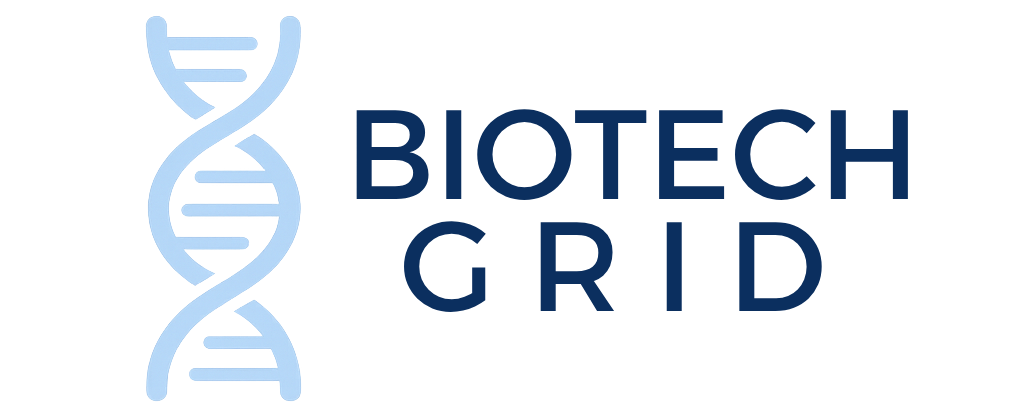
In an era marked by an accelerating frequency of natural and human-made disasters, the capability of organizations to effectively prepare for and mitigate such events has become a critical area of focus worldwide. A recent comprehensive global systematic literature review spearheaded by Sadiq, Dougherty, Entress, and colleagues delves into the multifaceted strategies organizations adopt to bolster disaster resilience. This extensive analysis, published in the International Journal of Disaster Risk Science in 2025, synthesizes a wide body of research, illuminating the cutting-edge approaches and persistent challenges in organizational disaster management. The findings underscore the transformative potential of integrative frameworks, technological innovations, and collaborative governance structures in enhancing organizational readiness for an uncertain future.
Organizations today confront a complex disaster landscape shaped not only by natural catastrophes such as earthquakes, hurricanes, floods, and wildfires but also by pandemics, technological failures, and socio-political turmoil. The reviewed literature reveals that disaster preparedness at the organizational level extends beyond compliance or reactive crisis management; it requires a proactive, systems-thinking approach that anticipates disruptions and cultivates adaptive capacities. The researchers highlight how organizational culture, leadership commitment, and cross-sector coordination emerge as pivotal factors determining the effectiveness of disaster mitigation strategies. This holistic perspective challenges conventional paradigms, advocating for resilience-building as an integral component of strategic planning rather than an ancillary activity.
The systematic review identifies a growing trend towards the adoption of advanced technologies to support disaster preparedness. Cutting-edge data analytics, geographic information systems (GIS), real-time monitoring sensors, and artificial intelligence (AI) are increasingly integrated into disaster risk management frameworks at the organizational level. These technologies enable predictive modeling, early warning systems, and dynamic resource allocation that are tailored to the specific contextual risks an organization faces. Nevertheless, the review also signals cautionary notes regarding technological dependency, emphasizing the importance of human expertise and robust organizational processes to complement technological solutions and prevent cascading failures during crises.
A core insight from the research is the crucial role of training and capacity building in disaster preparedness. Organizations that invest consistently in workforce education, simulation exercises, and scenario-based planning demonstrate significantly enhanced adaptive capabilities. The literature reveals that such training cultivates not only technical competencies but also critical soft skills such as decision-making under pressure, communication, and interdepartmental coordination. These competencies collectively empower organizations to transition from rigid response plans to flexible, dynamic strategies that evolve with emerging information and changing disaster contexts.
Organizational risk assessments also feature prominently across the reviewed studies. The authors elucidate a variety of methodologies, ranging from qualitative risk mapping to quantitative probabilistic models, employed to identify vulnerabilities and prioritize mitigation efforts. Importantly, the review emphasizes that risk assessment is not a one-time endeavor but must be iterative and integrated into ongoing organizational processes. This adaptive risk management cycle enables organizations to recalibrate their strategies in response to new threats, technological advancements, or shifts in the operational environment, thereby maintaining resilience over time.
Interorganizational collaboration emerges as a decisive element in disaster readiness. Through their analysis, Sadiq and colleagues demonstrate that partnerships between private companies, governmental bodies, non-governmental organizations, and community groups significantly amplify resource availability, knowledge sharing, and coordinated response capabilities. The literature provides compelling examples of public-private alliances and multi-stakeholder platforms that facilitate joint training, mutual aid agreements, and integrated communication networks. However, the review notes the challenges inherent in aligning diverse organizational cultures and priorities, calling for deliberate facilitation mechanisms and trust-building processes to optimize collaborative disaster management.
Financial resilience is another dimension explored extensively in the literature. The studies included in the review detail how organizations manage fiscal risks linked to disasters through diversified insurance models, contingency funds, and investment in risk reduction infrastructure. The researchers argue that economic preparedness is inseparable from operational continuity, and innovative financial instruments such as catastrophe bonds and parametric insurance are emerging as game-changers in providing timely post-disaster liquidity. Nevertheless, equitable access to such financial tools remains uneven globally, posing barriers for smaller organizations and those in developing regions.
The psychological impact of disasters on organizational personnel also receives attention in the systematic review. Emotional distress, burnout, and trauma can undermine the effectiveness of disaster response and recovery efforts. The literature advocates for comprehensive psychosocial support mechanisms integrated within disaster management plans, including counseling services, peer support networks, and resilience training. These measures are shown to foster mental wellbeing, sustain workforce morale, and promote a culture of care that sustains organizational functionality during prolonged crises.
The review highlights the significance of organizational learning as a catalyst for continuous improvement in disaster preparedness. Through mechanisms such as after-action reviews, knowledge management systems, and incorporating lessons learned from incident investigations, organizations can transform past experiences into future resilience. The authors observe that such learning loops are essential for detecting latent vulnerabilities and updating contingency plans, ultimately promoting a culture that embraces adaptive change rather than complacency.
A particularly novel area examined is the integration of climate change adaptation within organizational disaster management strategies. Given the increasingly evident linkages between climate-induced hazards and disaster risk, organizations are expanding their focus to include long-term environmental sustainability and resilience. The literature showcases innovative practices such as climate risk screening, green infrastructure investments, and corporate commitments to reduce carbon footprints as intertwined strategies that address both hazard mitigation and sustainability imperatives.
Additionally, governance structures play a foundational role in shaping organizational disaster preparedness. The literature reviewed underscores that clearly defined roles, accountability mechanisms, and decision-making hierarchies are pivotal for timely and effective disaster responses. Best practices include the establishment of dedicated emergency management teams, cross-functional coordination committees, and transparent communication channels. Governance reforms that embed disaster risk reduction into core organizational policies and strategies are shown to enhance overall resilience and institutionalization of preparedness efforts.
The research also points to the need for context-specific disaster management approaches. The heterogeneity of organizations—differing in size, sector, geographic location, and resource availability—necessitates tailored strategies that align with unique risk profiles and operational realities. The review illustrates that “one-size-fits-all” frameworks often fall short, and adaptive design incorporating stakeholder inputs and local knowledge significantly improves preparedness efficacy and stakeholder buy-in.
Digital transformation, accelerated in recent years, is reshaping organizational disaster management paradigms. Virtual collaboration tools, cloud computing, and mobile communication platforms enable continuity in the face of physical disruptions. The literature advocates leveraging these digital resources not only in response phases but as integral components of readiness planning, training, and stakeholder engagement. Cybersecurity emerges as a critical sub-theme, given the increasing risks of cyber-attacks exacerbating disaster impacts, prompting calls for integrated cyber-physical resilience strategies.
The systematic review culminates in an urgent call for bridging gaps between knowledge and practice. Despite a rapidly expanding academic corpus on disaster risk management, the translation of evidence-based interventions into organizational routines remains inconsistent. The authors urge enhanced dissemination strategies, policy incentives, and practitioner engagement to foster a global culture of proactive disaster preparedness. In addressing this translational challenge, the review envisions a future where organizations not only withstand but thrive amid evolving disaster landscapes.
In summation, this landmark global systematic literature review offers a panoramic yet detailed depiction of contemporary organizational disaster preparedness and mitigation. It underscores the necessity of integrative strategies encompassing technological innovation, human capacity, financial instruments, collaborative governance, and adaptive learning. As disasters grow in complexity and magnitude, the insights gleaned serve as a crucial roadmap guiding organizations worldwide toward enhanced resilience, safeguarding assets, lives, and functions essential to societal stability.
Subject of Research: Organizational Disaster Preparedness and Mitigation Strategies
Article Title: Mitigating and Preparing for Disasters at the Organizational Level: A Global Systematic Literature Review
Article References:
Sadiq, AA., Dougherty, R.B., Entress, R. et al. Mitigating and Preparing for Disasters at the Organizational Level: A Global Systematic Literature Review. Int J Disaster Risk Sci (2025). https://doi.org/10.1007/s13753-025-00630-9
Image Credits: AI Generated
Tags: challenges in disaster preparednesscollaborative governance in crisis situationscross-sector coordination for resiliencedisaster readiness strategiesglobal disaster management insightsintegrative frameworks for disaster preparednessleadership roles in disaster managementliterature review on disaster risk scienceorganizational disaster resilienceproactive disaster mitigation approachessystems-thinking in organizational readinesstechnological innovations in disaster response



